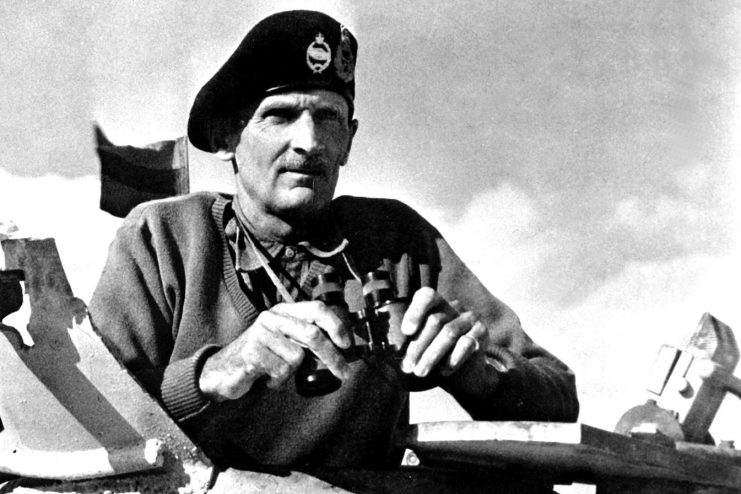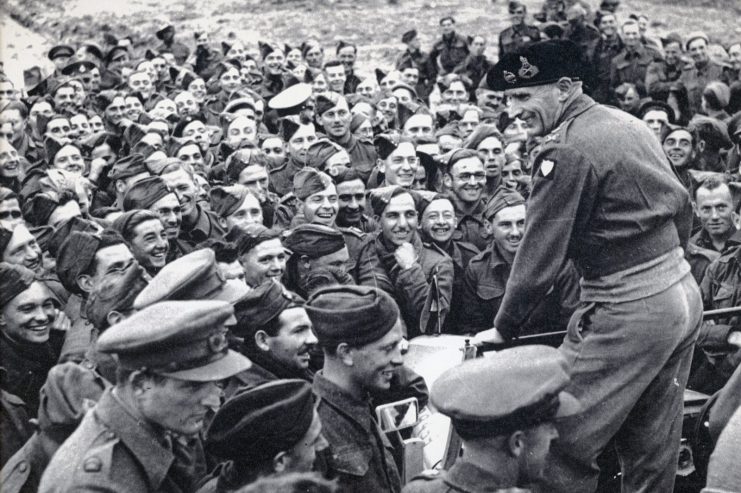According to reports, David Ayer is in discussions to director “El-Alamein.” The movie is based on the true story of the World War II battles between German Field Marshal Erwin Rommel and Bernard Montgomery, the leader of Britain’s Eighth Army in the desert of North Africa.
If chosen, this will be the second feature film Ayer has made about tank warfare. In 2014, he directed “Fury,” which starred Brad Pitt.

He also wrote the screenplay for the movie “U-571” which tells a story about US agents infiltrating a German submarine in order to steal an Enigma cipher machine.
“El-Amein” is expected to focus on the battle which was the turning point on the African front of WWII. During this battle, Allied forces prevented the Germans and Italians from seizing control of the Suez Canal and from conquering Egypt.
Director David Ayer Set to Return to the WWII Genre with EL-ALAMEIN https://t.co/1Nz19vujmQ pic.twitter.com/dU6Al8cQr1
— ACTION-FLIX (@JMJActionFlix) August 9, 2019
Ayer is already busy developing a drama about private military contractors for Showtime. He is also directing Shia Labeouf in “The Tax Collector” and looking into making a sequel to his 2017 film “Bright” which was released on Netflix in 2017. Ayer is also known for having directed “Suicide Squad” for Warner Brothers.
The “El-Alamein” script was written by David Self with the most recent draft coming courtesy of James Coyne. Lorenzo di Bonaventura and Mark Varhadian are producing along with Thomas Augsberger. It is planned to begin production in early 2020.
David Ayer is in talks to direct a World War II tank drama titled ‘EL-ALAMEIN’ for Lionsgate. (Source: https://t.co/FvuPainxW3) pic.twitter.com/A4ib6l4dxI
— DiscussingFilm (@DiscussingFilm) August 8, 2019
There were actually two battles between the Axis and the British in El-Alamein, Egypt (located about 150 miles from Cairo). The first ended in a stalemate. The second was a decisive win for the Brits.
With the Italians in North Africa having been defeated by the British, the Nazis looked to Rommel to seize the Suez Canal. In January of 1942, he drove his forces east. They made it as far as El-Alamein when the British blocked the way and prevented the Nazis from taking over Africa. This is known as the First Battle of El-Alamein.
Rommel was hindered by a lack of support. Hitler did not regard success in Africa to be of utmost importance. As a result, supplies ran low for the Nazi armored division. Rommel also had no air support for his tanks. Crucially, Rommel became ill during the lead up to the second El-Alamein battle and had to leave command of the troops in the hands of a subordinate officer while he returned to Germany to recover.
Montgomery began his attack on the Germans while Rommel was away. Beginning with an artillery attack on October 23rd, one month after Rommel had returned to Germany. After the artillery bombardment, two infantry divisions attacked to open routes through the elaborate minefield the Germans had set up for their defense.

Two days later, Rommel returned to the battle to find that the British had been held for the time being.
On November 1st, Montgomery launched the second phase of his attack. Infantry troops cleared away the mines, removing the barriers blocking the armored troops. Rommel’s fuel was almost gone and his troops were depleted. He determined that they could not win the battle and sent a coded message to Hitler to inform him of the situation.
Hitler ordered Rommel to stand his ground but the troops had already begun evacuating before the order was received. On the 4th of November, Hitler finally ordered Rommel to withdraw.
The Battle of El-Alamein is known for changing the direction of WWII. It is the only land battle won by the British without the direct support of the Americans. It ended the long struggle to control the Western Desert in northern Africa. It also directly led the French to begin assisting in the North African theater.
Another Article From Us: Spielberg called it “hugely ambitious,” ‘1917’ Movie Trailer is Finally Out
